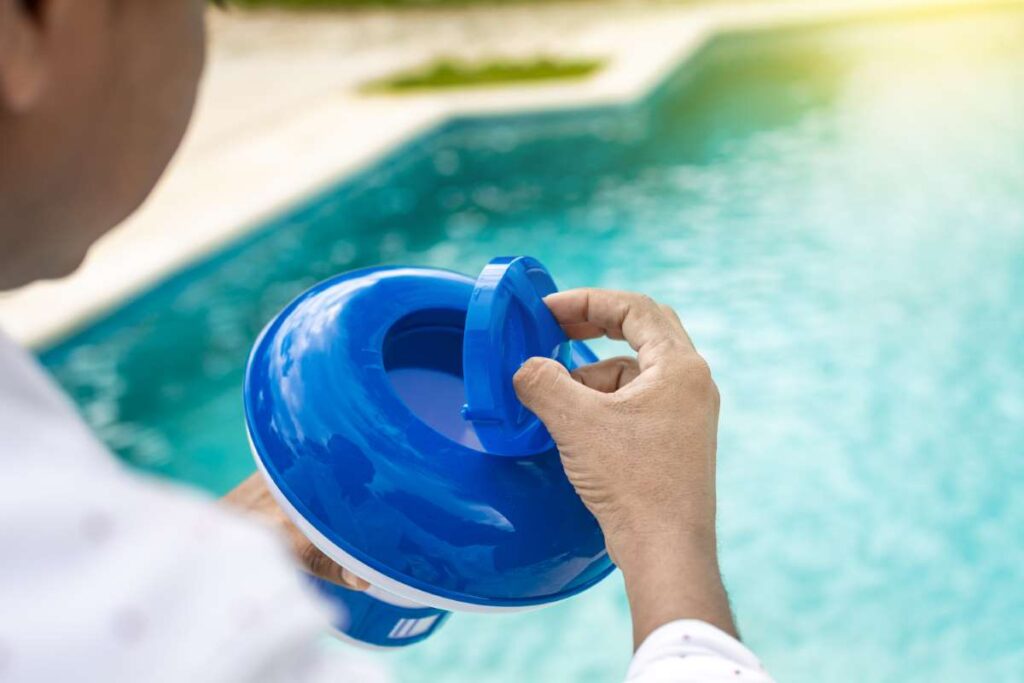How to Offset Your Pool Business’ Carbon Emissions
Discover effective strategies to reduce your pool business’ carbon emissions while maintaining profitability and sustainability in the industry.
In an era where environmental consciousness is at the forefront of business practices, understanding how to offset your pool business’ carbon emissions is essential not only for compliance but also for appealing to an increasingly eco-aware clientele. As a pool service provider, the operations you conduct—ranging from transportation to chemical usage—contribute to your carbon footprint. This blog post will delve into actionable strategies that pool businesses can implement to reduce their environmental impact, enhance sustainability practices, and build a brand that resonates with customers who value eco-friendly initiatives.
Understanding Your Carbon Footprint
– The first step in offsetting carbon emissions is understanding what contributes to your pool business’s carbon footprint. Major contributors include: – Transportation: The vehicles used to travel to and from job sites emit greenhouse gases. The more accounts you service, the more travel is required. – Energy Consumption: The energy required to run pool cleaning equipment, pumps, and heating systems contributes significantly to emissions. – Chemical Usage: Many pool maintenance chemicals have high carbon footprints, both in production and application.Using online carbon footprint calculators can provide you with an estimate of your business’s current emissions, allowing you to identify key areas for improvement. For example, if transportation accounts for a significant portion, you may want to consider options like route optimization to reduce travel distances.
Implementing Eco-Friendly Practices
– Transitioning to eco-friendly practices can significantly reduce your pool business’s emissions. Here are some effective strategies: – Invest in Energy-Efficient Equipment: Upgrading to energy-efficient pool pumps and heaters can reduce energy consumption substantially. For instance, variable speed pumps use less energy compared to traditional single-speed pumps. – Explore Renewable Energy Options: If feasible, consider employing solar panels for your business operations or recommending solar heating options to your clients. This not only reduces reliance on fossil fuels but can also appeal to eco-conscious customers. – Use Eco-Friendly Chemicals: Opt for environmentally friendly pool chemicals that are biodegradable and have a lower environmental impact. This can include using saltwater systems, which reduce the need for harsh chemicals.Case studies of successful transitions to eco-friendly practices can illustrate the positive impact these changes can have. For example, a small pool service company in Florida reported a 30% reduction in energy costs after switching to energy-efficient equipment.
Optimizing Route Management
– Efficient route management is critical for minimizing transportation-related emissions. Here are some methods to improve your routing: – Use Route Optimization Software: Tools like Google Maps or specialized routing software can help plan the most efficient routes, reducing fuel consumption and travel time. – Group Jobs by Location: When scheduling, try to group jobs that are geographically close. This minimizes the distance traveled and reduces emissions from multiple trips across town. – Consider Electric Vehicles (EVs): If possible, invest in electric vehicles for your service. While the upfront cost may be higher, the long-term savings on fuel and maintenance, along with the reduced emissions, can be significant.For example, a pool service in Texas implemented route optimization software and reported a 25% reduction in fuel consumption within three months, showcasing the efficacy of these practices.
Engaging in Carbon Offsetting Initiatives
– Once you have implemented changes to minimize your carbon footprint, consider participating in carbon offset programs: – Carbon Credits: Invest in carbon offset programs that allow businesses to buy credits that fund projects aimed at reducing emissions, such as reforestation or renewable energy projects. – Local Conservation Projects: Collaborate with local environmental organizations to support tree planting or water conservation projects. This not only helps offset emissions but also enhances your company’s community presence and reputation. – Promote Your Efforts: Ensure to communicate your sustainability efforts to your clients. Use your website and social media channels to inform customers about the steps you’re taking to offset carbon emissions, thereby attracting environmentally concerned clients.The significance of such initiatives is illustrated in a case where a pool company partnered with a local nonprofit for tree planting. Not only did they offset their carbon, but they also engaged their customers in volunteer days, enhancing community relations.
Continuous Improvement and Education
– Sustainability is a journey, not a destination. Continual education and improvement in your practices is key: – Training and Workshops: Invest in training for you and your staff on sustainable practices in pool maintenance. This could involve attending workshops or engaging in online training programs related to eco-friendly practices. – Stay Informed: Keep up-to-date with the latest research and advancements in pool maintenance technology and eco-friendly practices. Subscribe to industry journals and participate in forums discussing sustainability in the pool industry. – Feedback Loops: Create a system for employees and clients to provide feedback on your sustainability initiatives. This can help identify areas for improvement and generate new ideas for eco-friendly practices.For instance, Superior Pool Routes offers extensive training programs focusing on innovative and sustainable practices that can help your business stay ahead of the curve.
Conclusion
In conclusion, offsetting your pool business’s carbon emissions is not only essential for the environment but also a valuable business strategy. By understanding your carbon footprint, implementing eco-friendly practices, optimizing route management, engaging in carbon offsetting initiatives, and committing to continuous improvement, you can create a sustainable business model that appeals to modern customers. As the demand for environmentally responsible services grows, taking proactive measures to reduce your emissions will enhance your brand’s reputation and profitability. Start today by exploring
pool routes for sale that align with your eco-friendly goals, and make a positive impact on both your business and the environment.



